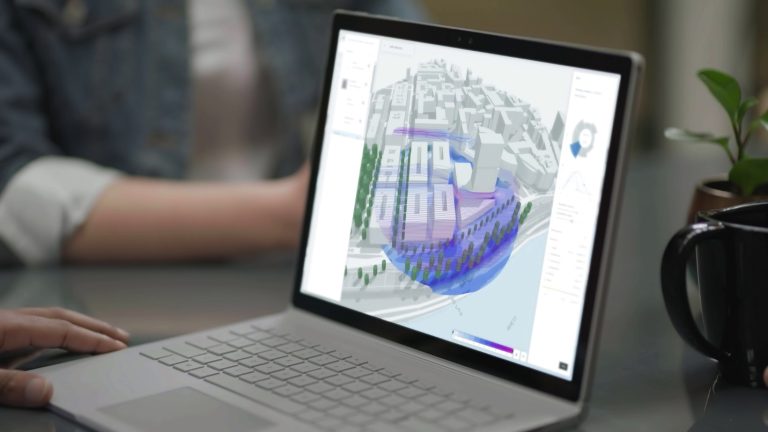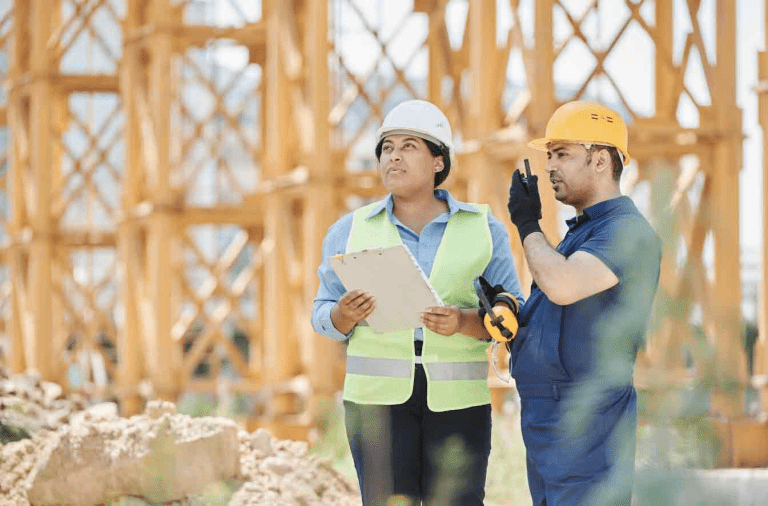The findings of a recent report have indicated the growing need for independent merchants to find the right balance between fulfilling in-person trade sales and providing support via digital channels. The new report from National Buying Group (NBG), Valuing Local Independent Trade Merchants in a Digital World, analysed the role of digital in the traditionally low-digital builders’ merchant sector. Specifically, it surveyed UK tradespeople to find out if and how buying channels had changed post-COVID, why customers continue to buy from independent builders’ merchants, and the role digital has to play in the industry. Despite the post-COVID rise of digital channels, the survey revealed that 92% of trade sales continue to be made over-counter, marking the builders merchants’ sector as uniquely low-digital. Although 61.5% of tradespeople said they bought more online during the pandemic many have now reverted to a hybrid approach to sourcing supplies, with 60.5% claiming to buy both in-store and online now. According to NBG Managing Director Nick Oates, these findings demonstrate the strength of the sector, which is adopting the best of both the physical and non-physical worlds. “As our new report demonstrates, while digital sales have made huge inroads across the retail sector post-COVID, builders’ merchants are bucking this trend,” he explains. “This is understandable – unlike in some other industries, there are many factors to in-person buying in this sector, and especially with independent merchants, that are hard to replicate online. “But this is not to say that the sector, and more specifically, our Partners and Suppliers, is not implementing digital practices. As our report makes clear, tradespeople are using these channels to carry out activities that complement the trade counter, including research, price-checking, basket building, videos, reviews and business administration. It is clear there has been a sea-change in best practice, and the role of digital for tradespeople may not lie solely in sales, but mainly in support functions that bolster over-counter sales.” The survey highlighted the main reasons tradespeople choose to buy in-store or in-person, with location (54.5%), customer service (54%), convenience (40.5%) and access to product knowledge and advice (32.5%) deemed the main lures of the trade counter. By comparison, when it comes to buying digitally, convenience (60.5%), price (41.5%) and product range (41.5%) were given as the main reasons why tradespeople choose to buy online. The report also collected qualitative evidence from respondents to further explore the reasons behind these findings. According to Nick, the data demonstrates the key role independent merchants can play in customers’ buying decisions, citing factors such as personal relationships, expertise, personalisation and feeling part of a community. “While it has been heartening to see that the digital literacy of tradespeople is increasing, it is also highly encouraging to see feedback showing how customers have returned to trade branches,” Nick concludes. “This is testament to the strength of independent builders’ merchants, and the value of strong relationships. We believe tradespeople are more inclined to work with merchants they know and trust on a personal level, and this will be vital to ensuring all parties are able to thrive despite the challenges 2023 might bring.” To download National Buying Group’s latest report, Valuing Local Independent Trade Merchants in a Digital World, click here. For more information on National Buying Group, including how to join the premier buying group for independent merchants, visit https://www.nationalbuyinggroup.com/. Building, Design & Construction Magazine | The Choice of Industry Professionals











